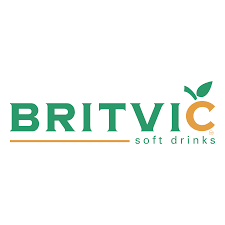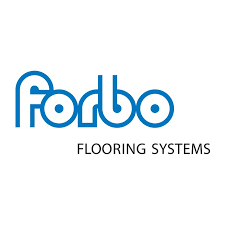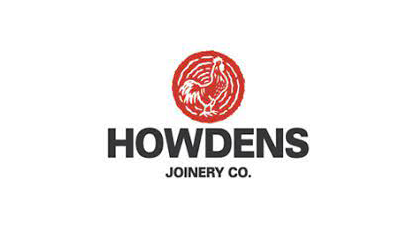
- Details
- Category: Blog
Every business needs to develop the capability to deliver projects well to respond to changes in market conditions and advances in technology. Unfortunately, studies show that only 1/3 of organisations achieve their planned level of return on investment.
Most managers and engineers have had experience of when things go wrong including troublesome new assets that take months of effort before they can be used productively.
Research into the root causes of capital project failures consistently highlights that failures aren’t usually due to a lack of technical skill—they stem from unclear roles, mismanaged expectations, and immature project and risk management processes.
In many organisations, project management is viewed as the domain of specialist project managers but they can only directly influence around 50% of the critical success factors. The remaining 50% often lies beyond their control and includes:
- Tacit operational knowledge which if not codified into specifications results in higher lifecycle costs.
- Knowledge gaps which result in latent design flaws or an over reliance on vendor input.
- Weak investment decisions, driven by functional priorities or unrealistic expectations.
These gaps manifest during commissioning and start-up, when unanticipated issues—such as design flaws, fabrication errors, or poor material choices—disrupt progress despite seemingly successful planning and installation.
Bridging the Gap
Organisations that do this well have learned to integrate Early Equipment Management (EEM) into the project management process to provide a vehicle to enhance stakeholder engagement. The gains include improved risk management, increased project added value and shorter timelines to beneficial operation. From a project management perspective this assures that project stakeholders:
- Start with clearer specifications linked to project lifecycle cost targets (not just capital costs).
- Identify and fill skill and knowledge gaps prior to day one operation.
- Take ownership of the glide path to flawless operation from day one.
Building Maturity in Project & Risk Management
Projects involve hundreds of interdependent decisions. When roles, accountabilities, and priorities are unclear, the probability of costly delays increases sharply. EEM provides a vehicle to progress through stages of project management maturity:
- Informal Process
EEM Enhancement: Integrate detailed installation and commissioning plans into vendor selection. Codify operational knowledge early and guide skill development. - Formal (Waterfall) Process
EEM Enhancement: Create robust Project Quality Plans. Establish clear criteria for risk assessment, learning capture, and milestone readiness. - Adaptive Process
EEM Enhancement: Use stage-gate reviews and adaptive PM techniques to validate ideas and drive value. Encourage iterative, cross-functional engagement. - Stakeholder-Led Process
EEM Enhancement: Align workflows and priorities across stakeholders. Develop leadership capability in risk governance and technical integration. - Product/Service-Led Process
EEM Enhancement: Focus on value delivery through rapid prototyping, piloting, and continuous feedback. Ensure project outcomes meet real operational needs.
Managing Risk Through Witnessed Inspections
A key element of the EEM approach is the use of witnessed inspections. These create early visibility of risks and ensure delivery against project expectations at every stage—from concept to beneficial operation.
The Project Quality Plan, agreed at project initiation, outlines key milestones, responsibilities, and exit criteria. Inspections are mapped to critical control points:
- Surveillance Points: Monitor vendor capability and adherence to technical standards.
- Progress Points: Track progress against schedule.
- Event Points: Validate that critical technical specs (e.g. vessel testing, certifications) are met.
- Hold Points: Authorise progression only after verifying outcomes.
EEM embeds these inspection points into team accountabilities:
- Technology teams own Safety and Reliability benchmarks.
- Operations teams own Operability and Maintainability benchmarks.
- Customer-facing teams own Value and Lifecycle Cost benchmarks.
These inspections form a project glide path, ensuring smoother new asset start-up and capturing lessons learned to reduce future effort and risk.
Next Steps for Project Sponsors
For manufacturing, project and risk management isn’t just a support function—it’s a strategic enabler.
Enhancing existing project management processes through Early Equipment Management equips your organisation to:
- Deliver capital projects on time, on budget.
- Maximise ROI by avoiding delays and rework.
- Strengthen cross-functional collaboration and vendor integration.
- Build capability to deliver complex, high-value projects reliably.
Let’s connect and explore how enhancing project stakeholder engagement can help you to unlock the full potential of your capital investment programme.
Contact us to find out how we can work alongside your project team to develop in house capability as part of live projects.








